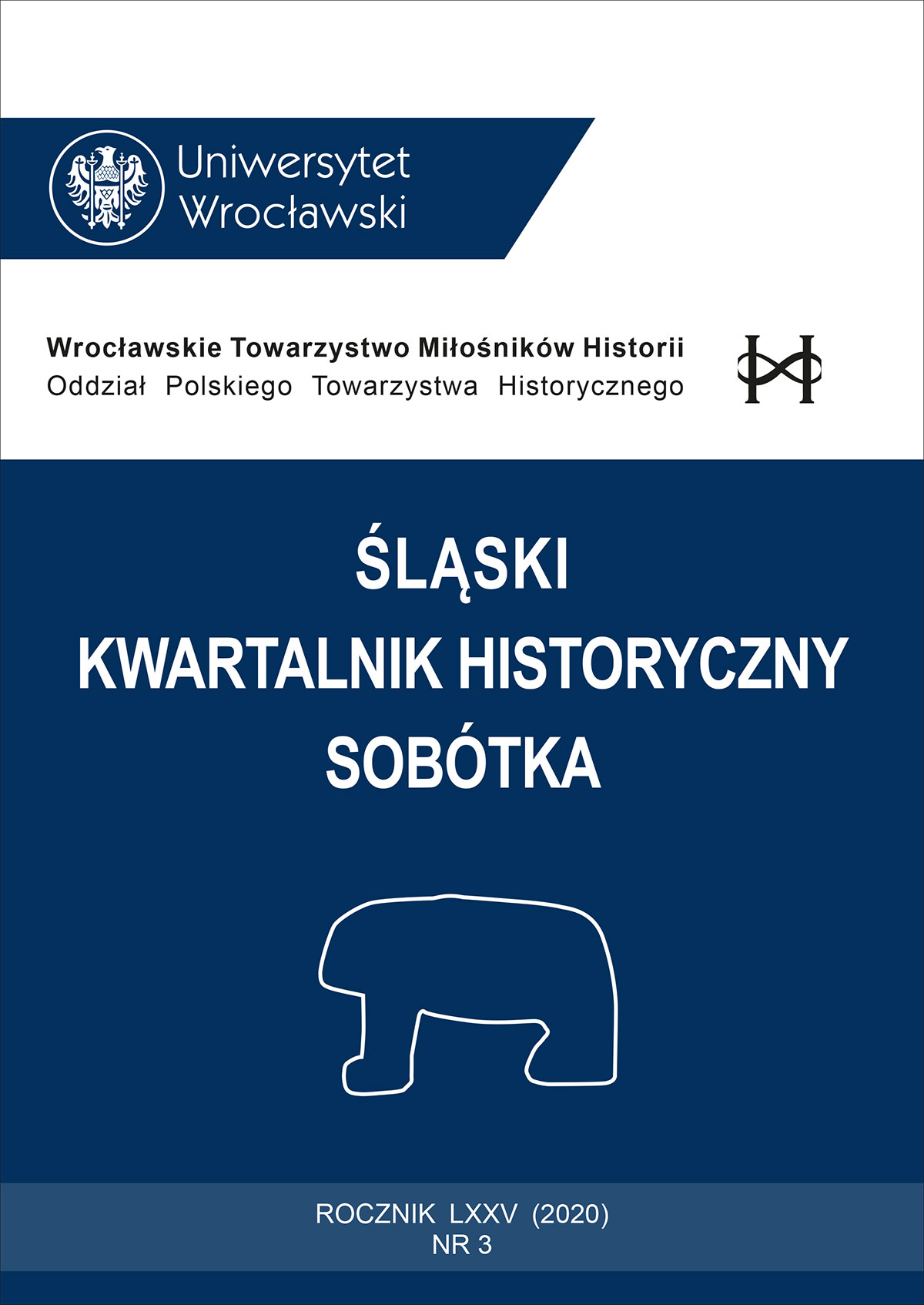Znaczenie postaci św. Jana Kapistrana w procesie kształtowania tożsamości wrocławskiego konwentu Franciszkanów Reformatów
Meaning of St. John of Capistrano in the process of forming the identity of the convent of Reformed Franciscans in Wrocław
Author(s): Marcin MusiałSubject(s): History, 15th Century, 16th Century, 17th Century, 18th Century, 19th Century, Sociology of Religion
Published by: Wydawnictwo Uniwersytetu Wrocławskiego
Keywords: Reformed Franciscans; Wrocław; John of Capistrano; collective identity; memory
Summary/Abstract: The objective of the present study is an analysis of the usage of the figure of St. John of Capistrano (1386–1456) in the process of forming organizational identity. The community or organization analyzed is the convent of Reformed Franciscans of St. Anthony, which ministered in Wrocław between 1678 and 1810. In broader terms, the organization in question is the Czech province of Reformed Franciscans of St. Wenceslaus, within which since middle 17th century the provincial authorities strived to create a possibly uniform vision of the community. The process of shaping the identity of the Czech province, being revived after an almost complete liquidation during the Reformation, encompassed also the convent of St. Anthony in Wrocław. On the level of the whole province, the aim was to create a consistent image of the community with a clearly outlined goal; in particular convents, this vision was complemented with local, individual elements, setting a convent in the space and history of a particular town. In the case of the Reformed convent in Wrocław, a particularly distinctive element was St. John of Capistrano. Two principal sources were analyzed: the chronicle of the Czech province of Reformed Franciscans by Father Bernard Sannig, and the painting St. John of Capistrano by Michael Leopold Willmann from the Church of St. Anthony in Wrocław. The saint, through the use of different rhetorical devices, on the one hand appears as a figure embodying all model characters and virtues of a Czech Reformed Franciscan (the level of the whole province), and on the other hand plays the role of a memory keystone, the unifying force of the memory about the Wrocław convent.
Journal: Śląski Kwartalnik Historyczny Sobótka
- Issue Year: 75/2020
- Issue No: 3
- Page Range: 5-41
- Page Count: 37
- Language: Polish

